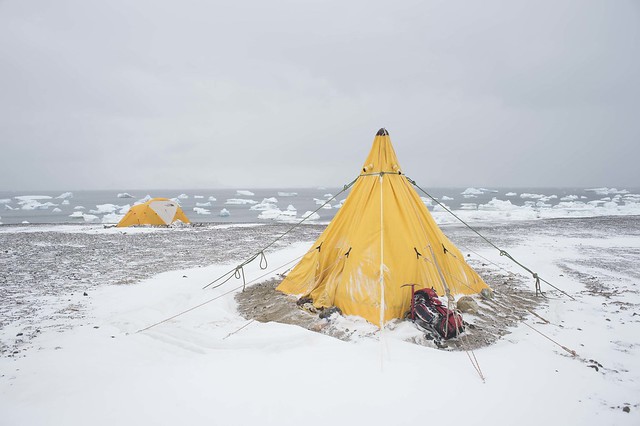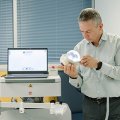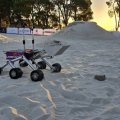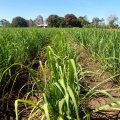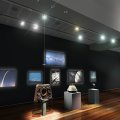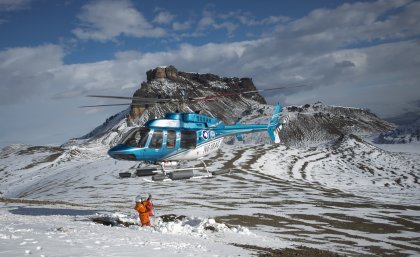
Seasickness, snow and sea ice couldn’t keep a University of Queensland scientist from his mission to learn more about Antarctica’s dinosaurs, with the palaeontologist returning from his trip with more than a tonne of fossils.
UQ School of Biological Sciences researcher Dr Steve Salisbury was one of 12 scientists who travelled to the James Ross Island area in an expedition spanning February and March.
“We found a lot of really great fossils,” Dr Salisbury said.
“The rocks that we were focusing on come from the end of the Age of Dinosaurs, so most of them are between 71 million and 67 million years old.
“They were all shallow marine rocks, so the majority of things we found lived in the ocean.
“We did find a lot of marine reptile remains, so things like plesiosaurs and mosasaurs – a type of marine lizard made famous by the recent film Jurassic World.”
The team found a few dinosaur remains too, which they hope to publish on in the future.
Dr Steve Salisbury - Antartica expedition from The University of Queensland on Vimeo.
“We also did a lot of good geological mapping while we were there,” Dr Salisbury said.
“We recorded the thickness of all the different rocks and information on the sorts of environments that they represent and how it comes together to create a picture of the environment down there at the time these animals existed.”
The fossils are now in Chile, and will eventually be shipped to the Carnegie Museum of Natural History for further study.
“A lot of the bigger bones will need quite a bit of preparation before we can do much research on them,” Dr Salisbury said.
“It may be a year or two before we get the results out.
“What we found or didn’t find isn’t as important as the fact that we were actually there, trying to do it.
“If that inspires other people to get into the hunt for fossils, then I’ll be very excited.”
The team had to fly to South America and travel by ship to the Antarctic Peninsula, before using helicopters and inflatable boats to get through the sea ice to the shore.
“Crossing the Drake Passage can be kind of rough – some of the biggest seas in the world occur in that area – so most of us just bunkered down for the time we were crossing it,” Dr Salisbury said.
The research team camped out for almost five weeks on Vega Island, often hiking over mountainous terrain for about five kilometres each way to reach their main field site on Sandwich Bluff.
“There were a few days where we did get snowed in, and we’d just be stuck in the communal tent for a while,” Dr Salisbury said.
“I’ve tried to get to Antarctica to do this research several times before, but sea ice has prevented us from making land.
“It was so great to finally get there and have a full blown expedition. It’s a very hard place to work, but it’s an even harder place to get to.
“We found a lot of new ground to continue the search, so we’d all really love to get back down there at some point soon.”
The expedition was funded through the National Science Foundation and the United States Antarctic Program, and included scientists from the US, Australia and South Africa.
You can catch up with the team’s adventures on its website or via Twitter on @antarcticdinos.
More video footage and photographs are available for media use on request.
Media: Dr Steve Salisbury, s.salisbury@uq.edu.au, @implexidens, +61 (0)7 3365 8548 or +61 (0)407 788 660; Katie Rowney, Katie.Rowney@uq.edu.au, +61 (0)7 3365 3439.
